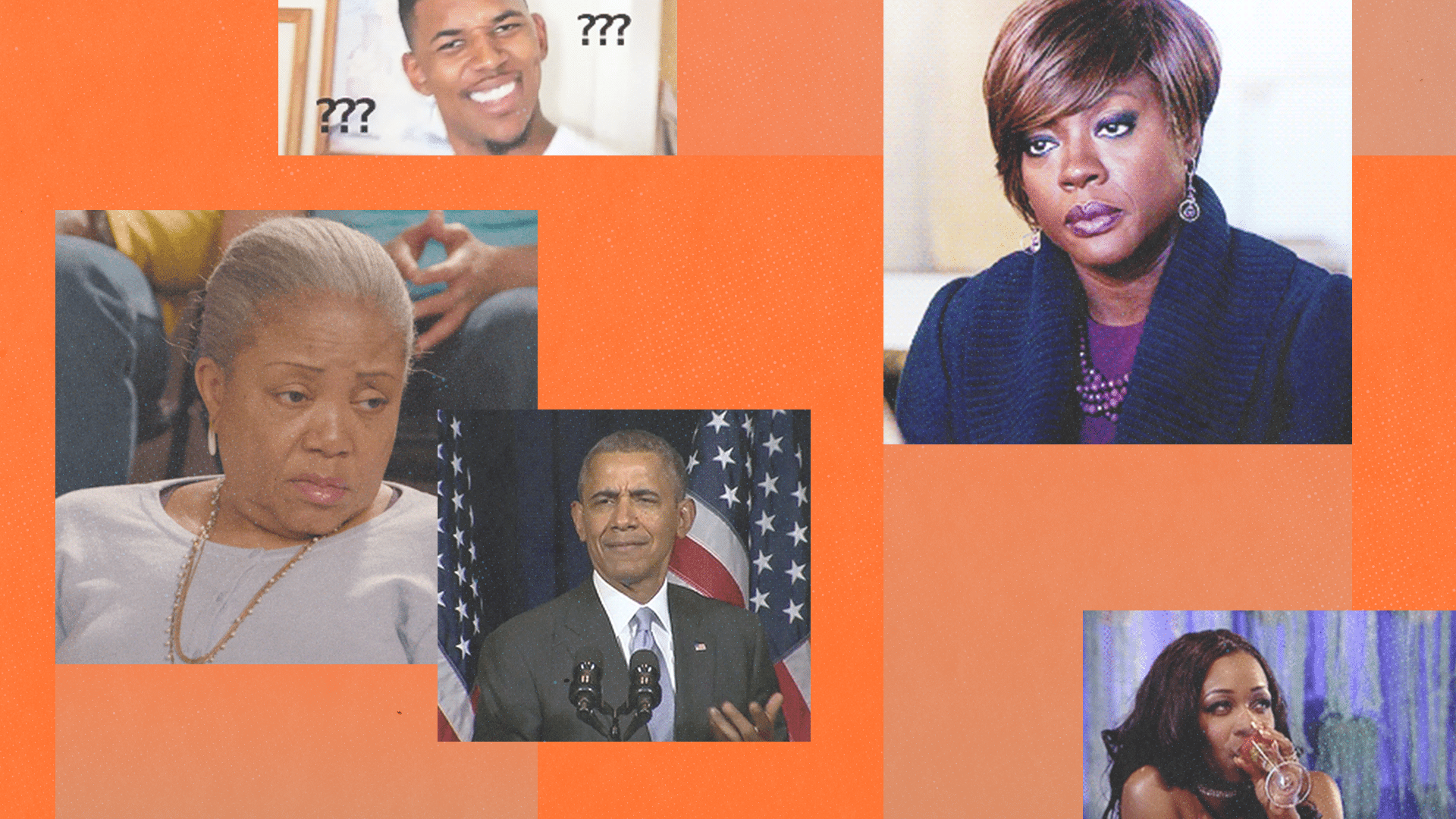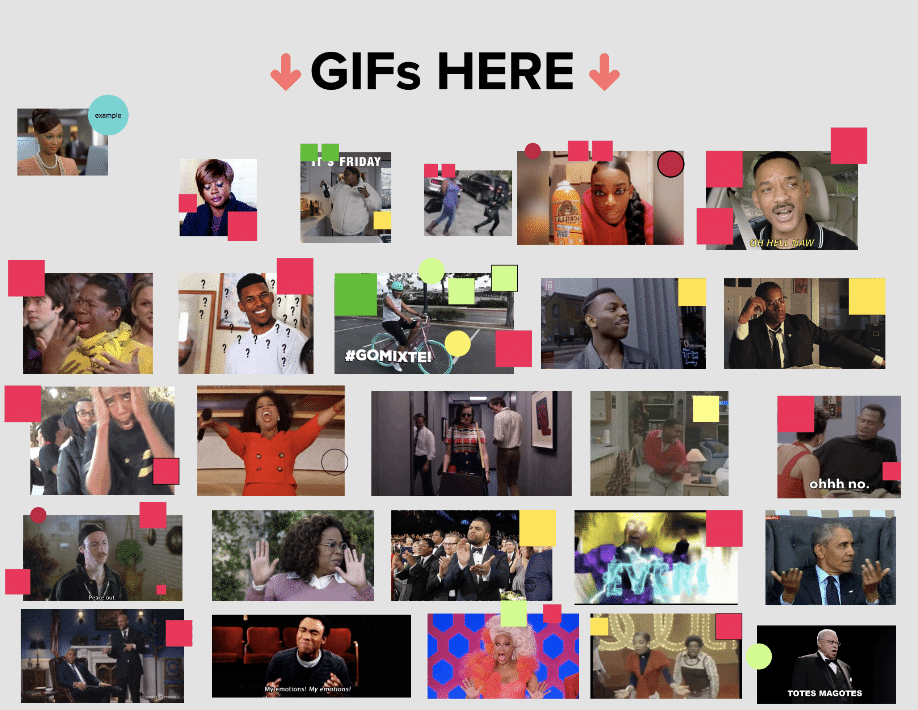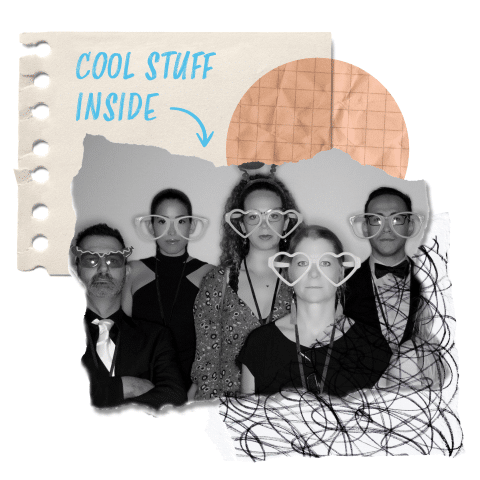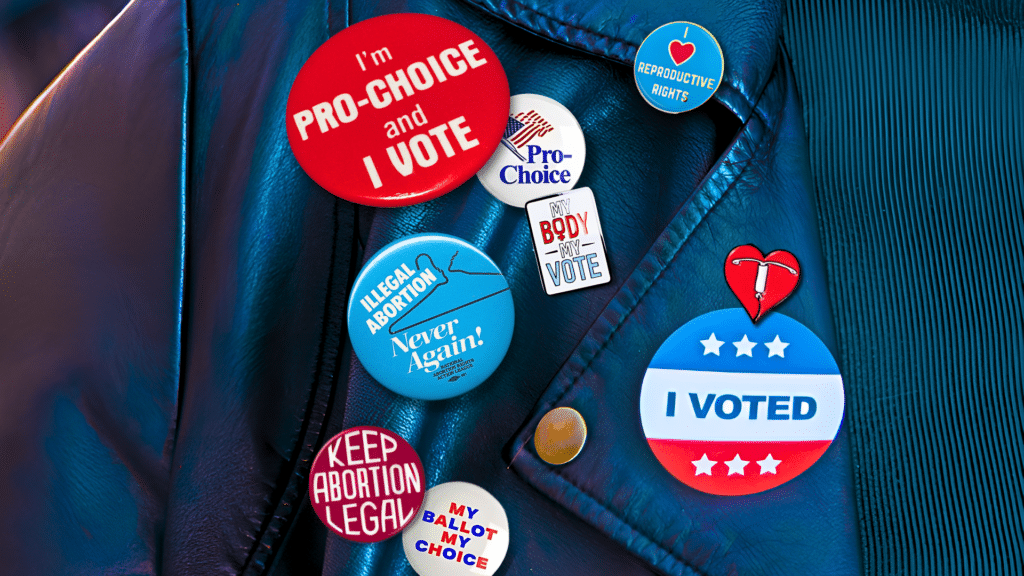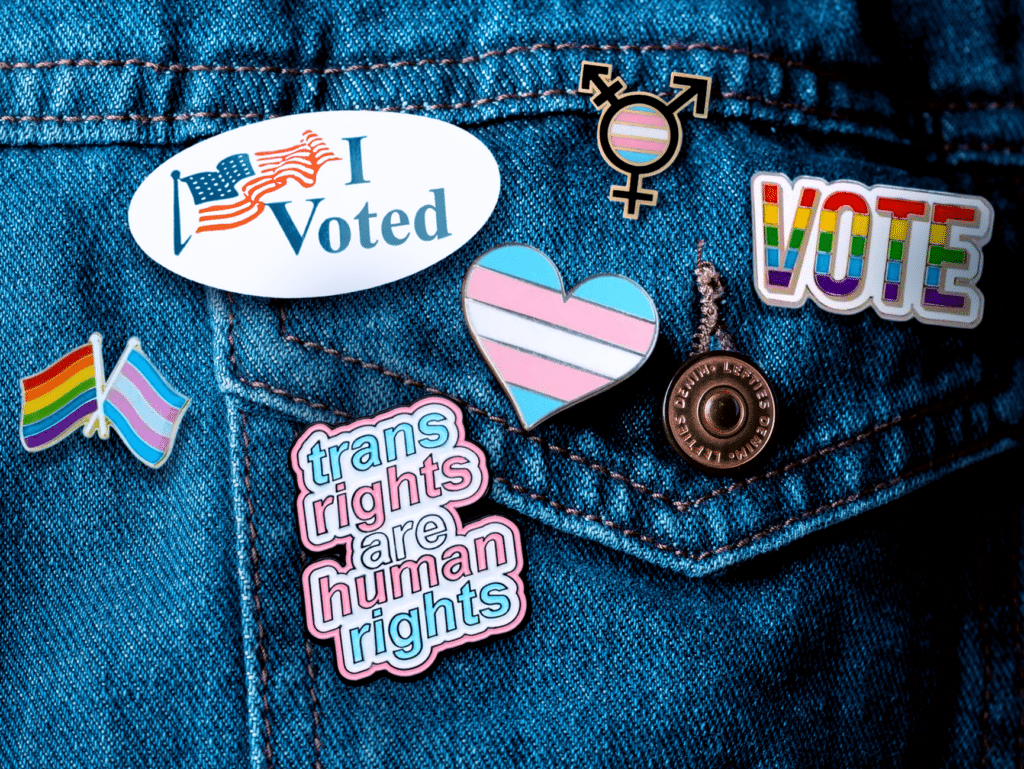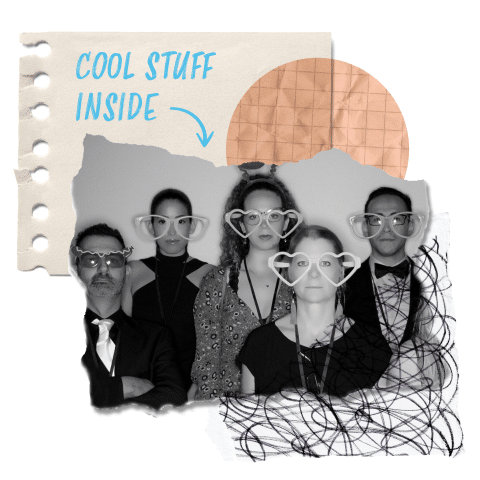GIFs and memes are just a few of the ways that we communicate with each other in today’s digital age – whether directly through text, email or on social media. However, it has also given new life to the age-old concept of blackface – which describes the dark makeup and demeaning caricatures put on by white performers, historically in minstrel shows and movies from the post-Civil War era.
“Digital blackface” has emerged with the use of social media and other digital platforms. It is blackface that takes the form of reaction memes and GIFs, slang and even dances on TikTok by non-Black digital users who anonymously hide behind and even grow their platforms from under the guise of digital and cultural trends.
To explore this phenomenon further, the MixTeam invited Janedra Sykes and Jaime Sykes-Summerville – an aunt-niece duo from Arboreta Group – to facilitate three sessions that explored the history of blackface, how it manifests in entertainment and digital culture and, finally, how we can work to end digital blackface personally and in our roles as communications experts with our clients. Here’s what we learned:
Understanding the History
While blackface itself originated in the United States after the Civil War, the term “digital blackface” was coined in this TeenVogue op-ed by professor Lauren Michele Jackson and author of White Negroes: When Cornrows Were in Vogue & Other Thoughts on Cultural Appropriation.
Whether it’s through GIFs on Twitter, text messages or TikTok skits, digital blackface evolves from a legacy of white people creating caricatures of how Black folks speak and behave.
In the first session with Arboreta Group, the team listened to “The Birth of American Music” from the New York Times’ 1619 Project podcast – which explains the history of minstrel shows. The episode also explores the white entertainment industry’s success from stealing musical and artistic expression from Black folks.
Learning, Discussing and Growing
In another session, the team worked on this interactive whiteboard. During the exercise, we called out popular GIFs and discussed whether or not they perpetuated digital blackface.
It was a helpful exercise to see specific examples of GIFs we may have seen or used in our personal social media use, as well as ones we hadn’t, and then discuss as a team the context of the GIF and how non-Black folks can amplify anti-Blackness by using it online.
Creating a Path Forward
From these sessions, we collaborated internally to create this resource guide on what we learned about how to use GIFs responsibly and in a way that celebrates Black people and other people of color instead of perpetuating stereotypes.
The guide includes the following guiding questions everyone can ask themselves to ensure the GIFs you use are not reinforcing a stereotype or perpetuating anti-Black behavior:
- Does this GIF represent how you would talk or write?
- Does this GIF reinforce a stereotype or demean a person or community’s culture?
- Could someone misinterpret this GIF given who the sender and the recipient are?
- Do you know the context of how, why and when this GIF became popular?
- Are you choosing to send or post this GIF because it features exaggerated emotions or expressions?
Download our PDF guide with these tips and additional resources on using and sharing GIFs responsibly by clicking the button below!
Want to get weekly social justice communications tips, straight to your inbox? Sign up below.
Have feedback on this post, or want to book some one-on-one time together? Click here to get in touch.
